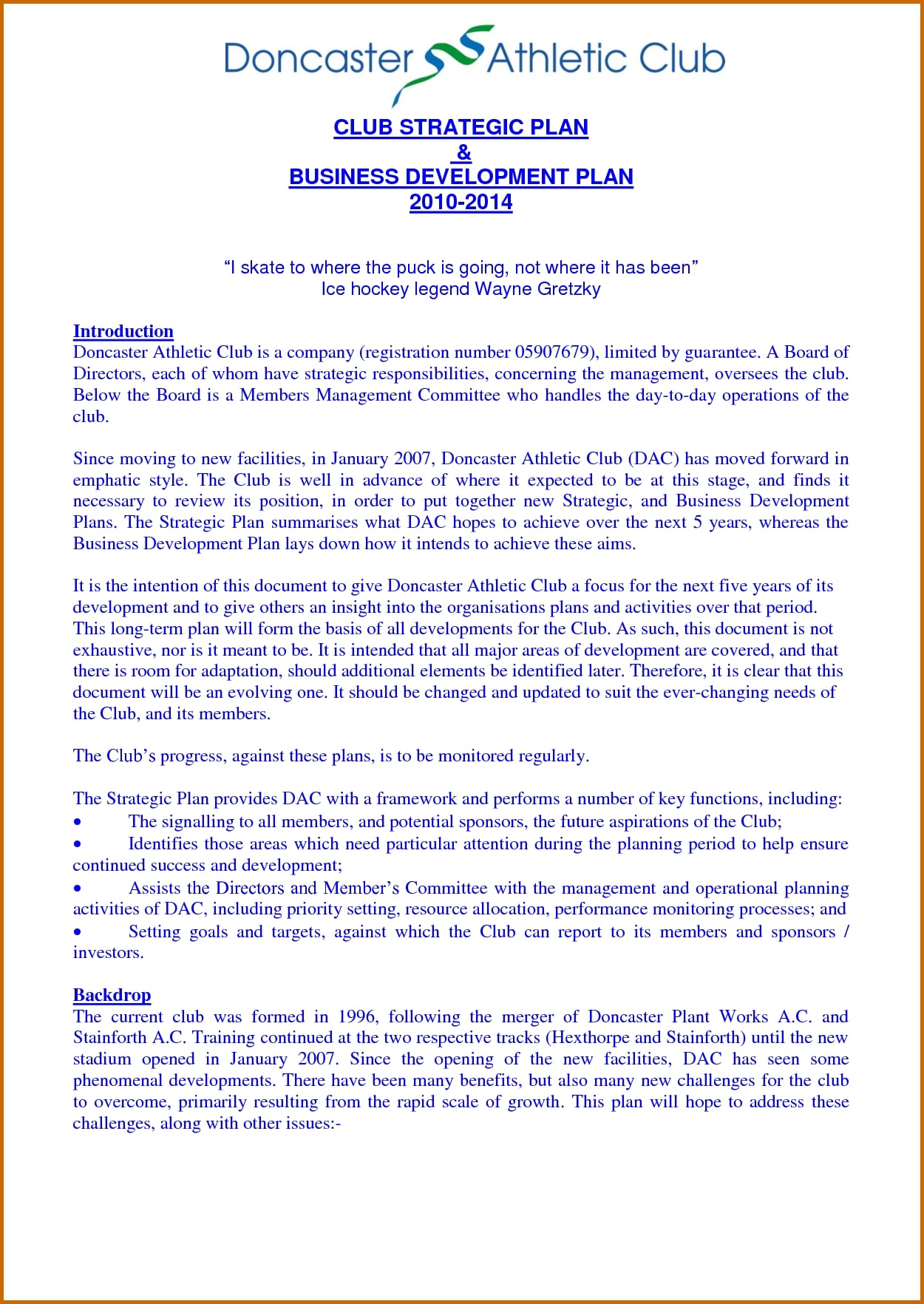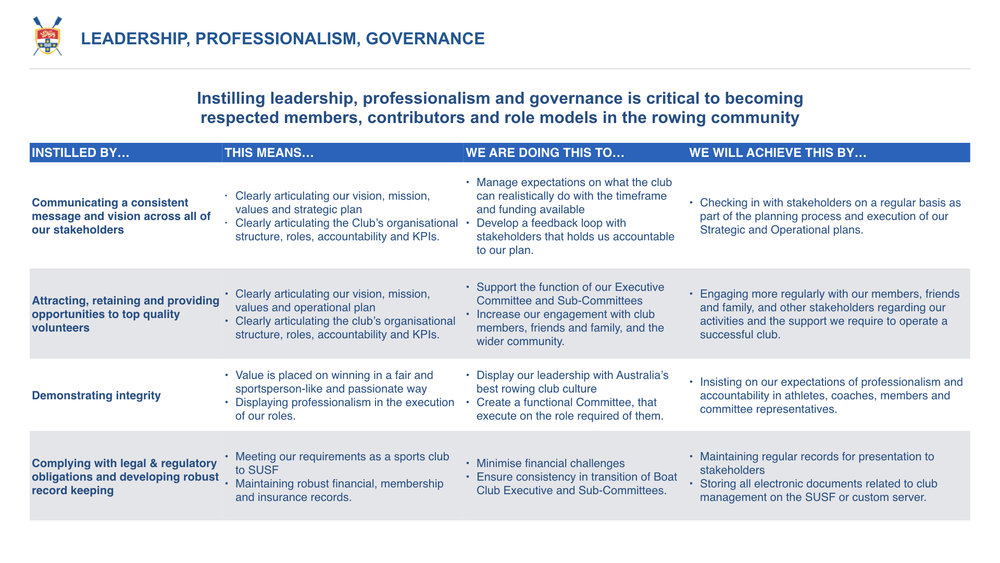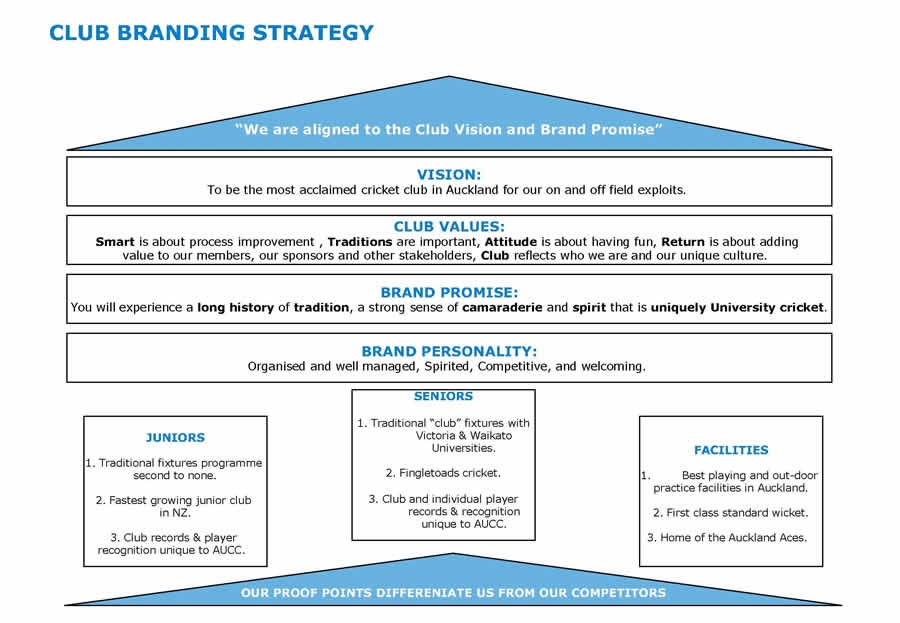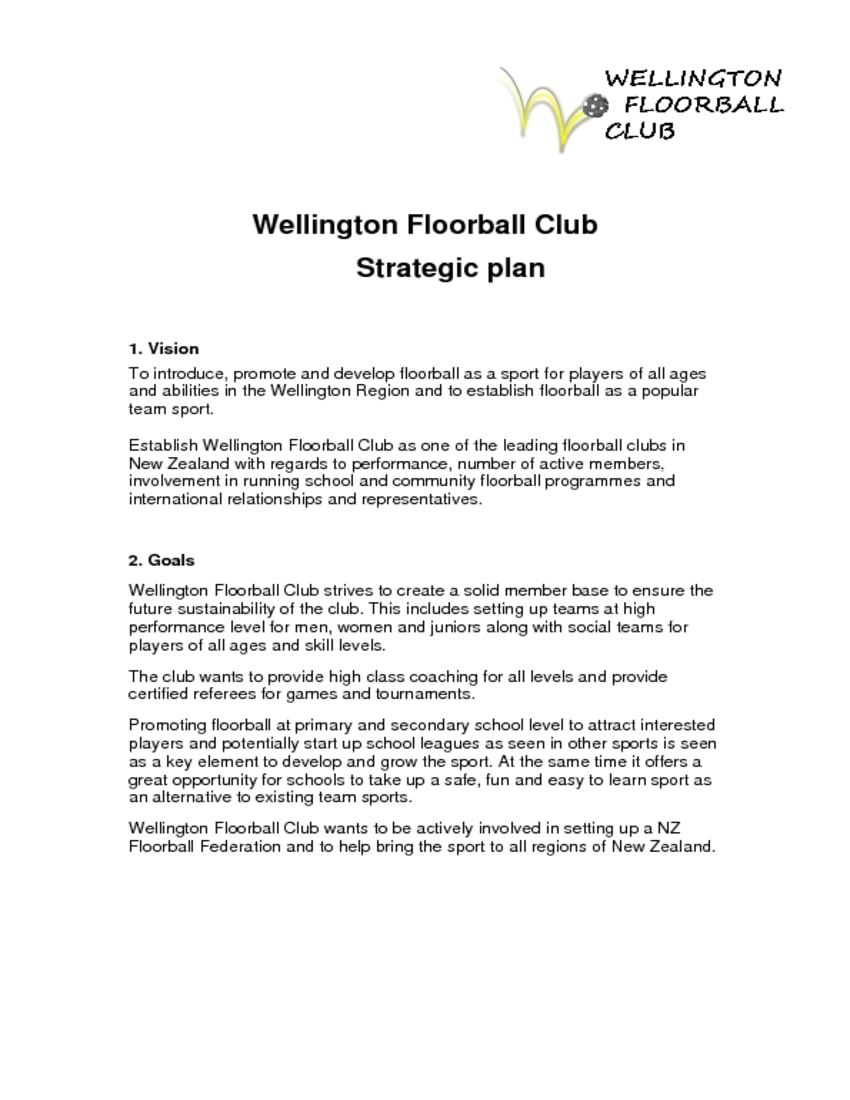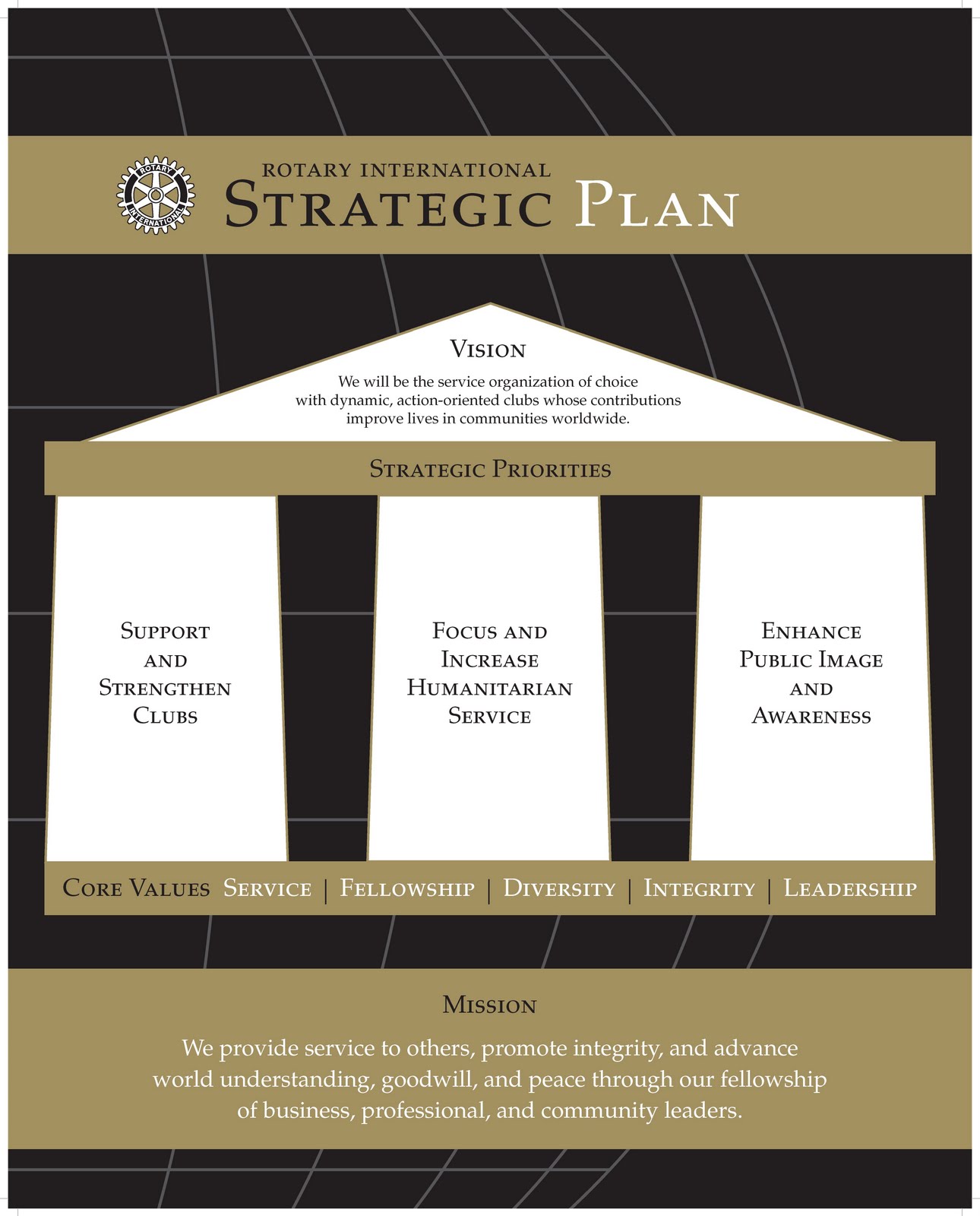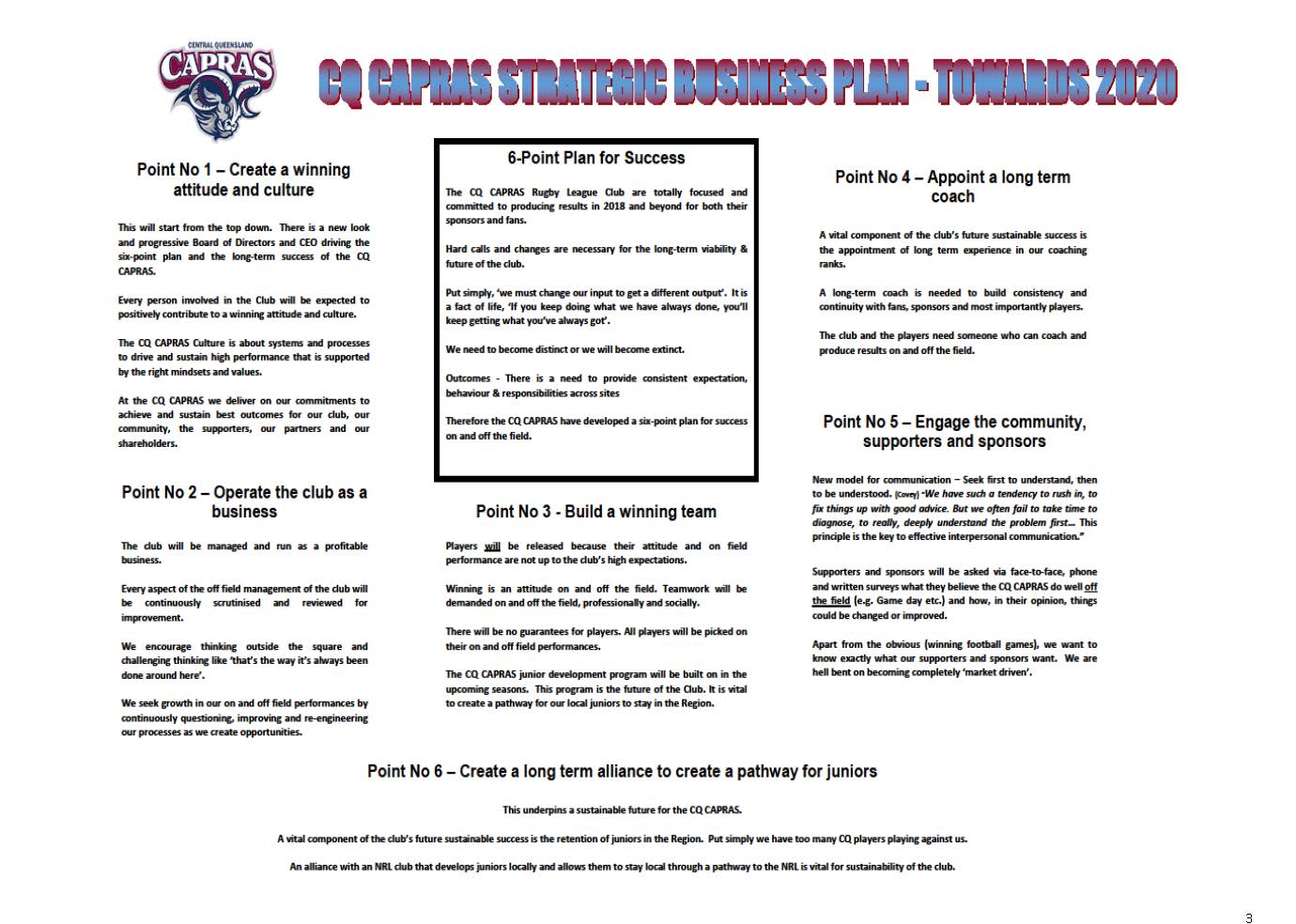9+ Club Strategic Plan Examples to Download
Generally, it’s hard to get anything done without a plan in place. You’re either clueless with where to start, or you lose track of where you are and where you’re supposed to be. Like a corporate business, a club must have a strategic plan for the benefit of its members and the survival of the organization as a whole.
While there may not be a right or wrong way to design a strategic plan, they are likely to vary in terms of content, depending on the size and scope of your club. You may also see strategic action plan examples.
Athletic Club Strategic Plan Example
Boat Club Strategic Plan Example
Bowling Club Strategic Plan Example
What You Need to Know about a Strategic Plan
Planning is the key to the long-term success of a business, institution, organization, or club. Every entity needs a long-term plan to grow and progress in a fast-changing world.
When running a club, planning gives you a good look at where your club has come from and where it is now, where it hopes to be, and how it ought to get there. This encourages members of the club to get involved in activities and programs that work toward the development of the club. You may also see sales strategic plan examples.
A good plan also takes into account the potential changes that impact your club. This ensures that your group’s resources, specifically your human, physical, and financial resources, are properly used. This brings peace and order to an otherwise hectic business of running a club. You may also like personal strategic plans examples.
What Is a Strategic Plan?
A strategic plan is a formal document that defines long-term goals and identifies the primary resources that the organization needs to accomplish these goals. In every planning approach, SWOT analysis plays a significant role in its development. This takes into account the strengths and weaknesses that affect an organization, the external opportunities and threats, along with the strategies required to address these components.
This includes the club’s purpose for existence (vision), where the club wants to be in the coming years in terms of its financial position and membership, as well as how it intends to get there through a series of actions based on market knowledge. You may also see security strategic plan examples.
Why Is it Important?
The biggest threat to survival for any club in today’s fragile economy and club environment is financial instability. There are a number of factors and circumstances that can cause this condition, especially in communities where a single business or industry dominates the entire scene. Though the concept of change is never necessary, and survival isn’t considered mandatory, strategic planning can still help a club advance in the way it thinks and operates for a better chance to succeed.
Keep in mind that there are many threats that can affect a club in a variety of ways, some unforeseen and unavoidable, while others self-inflicted. If a club wishes to exist in the next decade or so, a strategic plan can help turn this dream into reality. You may also like marketing strategy plan examples.
Club Branding Strategic Plan Example
Football Club Strategic Plan Example
Golf Club Strategic Plan Example
Hockey Club Strategic Plan Example
Key Elements of a Strategic Plan
There are five major elements of an effective strategic plan. Each of these elements outlines a particular phase of the strategic planning process, and collectively, they can help a club steer clear of the fatal flaws that that threaten a successful strategic plan. You may also see sales strategy plan examples.
1. Market Analysis
Every club has its own dreams and aspirations to look up to. But sometimes, club managers fail to realize the fine line that separates their ambitions from reality. Hence, it’s important for managers to start comparing their club’s vision and mission statements to market reality. You can do so by conducting a thorough research on past and present market behavior, along with the success and mistakes of fellow clubs in the environment.
Sudden shifts in the market may force the club to revise their mission and/or vision statements, otherwise, it would be difficult for the club to adapt to its surroundings.
2. Financial Analysis
The financial resources of a club, or any organization for that matter, is one of their most critical assets. This is why it’s also important to compare your club’s financial performance to well-researched practices that have been properly documented in order to gain a deeper understanding of the business and its performance status. You may also like school strategic plan examples.
3. Board Retreat and Group Meetings
Running a club is not a one-man responsibility. It requires the participation and cooperation of its member to obtain success. As a group, gathering opinions on club direction, along with its needs and priorities will help you gain a better insight as to how the club can meet its goals. You may also check out HR strategy plan examples.
Focus on group meetings and board retreats involving randomly selected club members based on age, gender, and length of membership. Forming a diverse group of individuals will allow you to gain valuable input from these sessions, which can serve as basis for your overall member survey questionnaire.
4. Member Survey
In connection to the previous element on the list, a member survey should help you focus on important issues that the organization is likely to face. This is considered to be the cornerstone of the process because of how it helps uncover members’ expectations, their tolerance for fees and dues increase, and their perception toward what is valuable. You might be interested in one-page strategic plan examples.
The board can then assess what the majority of its members want, and examine the reasonable inputs from that of the vocal minority. This way, the board can make satisfactory decisions based on what’s best for its members and the entire existence of the club. You may also see community strategic plan examples.
5. Board Presentation
Once the results from the general survey have been compiled, you must then agree on a course of action that shall be presented to the rest of the board or committee, and/or the club owner. This may include action steps such as re-targeting the membership process and program, refining the scope of club services, or realigning club programs based on what members hope to experience.
Only the head of the board is given the authority to approve or deny the proposed action plans, so you need to wait until you’re given the green light before carrying on with the program.
Since developing a plan is never a quick process to begin with, the process indicated above may require at least three to four months to complete. This should be facilitated by a team of experienced professionals with open communication between them. You may also like procurement strategy plan examples.
Clubs that fail to invest their time and resources in designing a good strategic plan are likely to gravitate toward the middle of the market, which is also known as the place where the majority of clubs go to die.
Rotary Club Strategic Plan Example
Rugby Club Strategic Plan Example
Sports Club Strategic Plan Example
A Five-Step Approach to Strategic Planning
A strategic plan looks at all the things your organization can accomplish, and then it narrows it down to the things it can actually achieve effectively. Some organizations create strategic plans that work toward five-year periods, three-year periods, or even shorter periods of time, especially if they operate in a fast-moving market. You may also see health and safety strategic plan examples.
Strategic planning helps managers determine what aspects of the organization are worth focusing their time, human capital, and money on. Considering the scope of a strategic plan, it may seem like an overwhelming task to fulfill. But if we break it down into smaller, more manageable components, then it may be a lot easier to tackle. You may also like maintenance strategy plan examples.
To emerge successfully from the strategic planning process, perhaps our five-step approach could be of help:
1. Identify where you are.
Though it may seem like a simple thing to do, this is actually harder than it sounds. Many people look at themselves the way they want to see themselves, which only complicates the process due to how one’s perception can greatly differ to that of another. You may also check out audit strategic plan examples.
For a more accurate look at your organization, conduct a series of internal and external audits to get a clear and precise understanding of the marketplace, the competitive environment, and the organization’s true competencies.
2. Decide what’s important.
Always look at the bigger picture at hand. This will help you focus on where you want your organization to go in the long run. Having a clear direction will lead you toward your vision and mission for the organization. This simple analysis will make it easier for you to determine the significant issues that demand the immediate attention of the management team.
By prioritizing and addressing these concerns, you can find ways to prevent them from escalating and affecting the organization’s business operations.
3. Define your objectives.
Broad objectives will get you nowhere. Saying, “For the organization to become the best in the business in the next ten years,” is not only highly ambitious, but it’s also too vague for your members to grasp.
This will only cause misdirection and disappoint along the way. Instead, define your objectives in such a way that clearly states what your organization must accomplish to confront the priority issues. This must be in line with your organization’s overall mission and vision statements as well.
4. Determine who’s accountable.
Every member of an organization plays a crucial role in its existence. This is why assigning a group of skilled individuals to handle the different aspects and responsibilities of the organization is vital to its success. The strategies, action plans, and budgets are all essential components in the process that adequately communicates how time, manpower, and money should be allocated in order to tackle priority issues and obtain the desired objectives.
5. Review.
Even if a proposed plan has already been implemented, your worries have only just begun. To ensure that your strategic plan performs as expected, you must spare some time to conduct formal reviews of the process on a regular basis. You might be interested in communication strategy plan examples.
Remember that your plan should always remain flexible, as unforeseen events may force you to make sudden changes in the process. It’s important to refine your general plan at least once in a quarter to make sure it remains relevant and successful in order to generate better outcomes and keep your organization on track.
Having a strategic plan can do wonders to your club. It can take you to places you never thought were possible. Simple plans are bound to evolve over time as the organization continues to grow as an entity. You may also see social media strategy plan examples.
So if you’re running a club, and you find yourself in need of a new plan, take the time to lay out a strategic plan with the help of these guidelines and examples.



